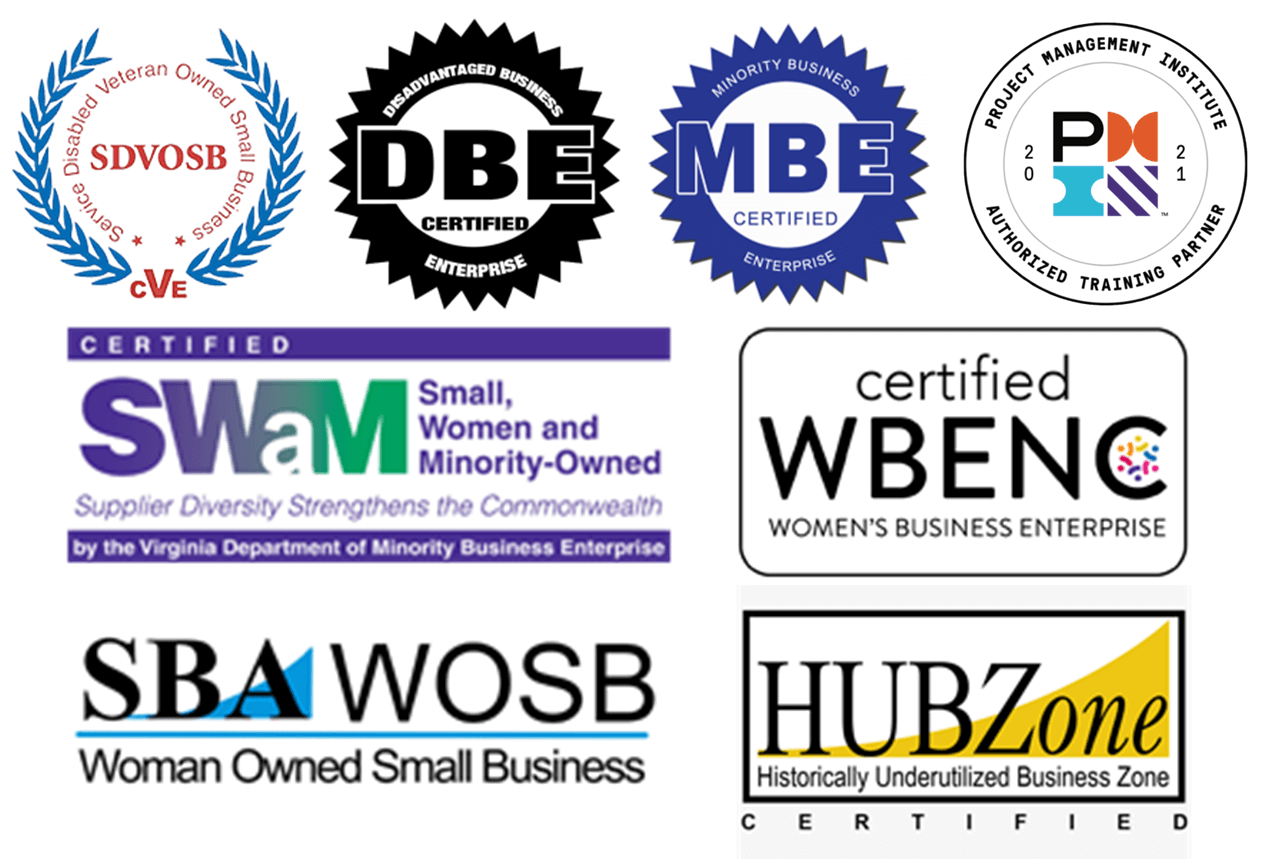Whenever two or more people get together on a daily basis, conflict is inevitable. This is especially true in the workplace, where passion for the work you’re doing can lead to disagreements. If you supervise teams of employees, though, these issues will get in the way of accomplishing your goals.
Before you can effectively address and defuse any conflicts, though, it can help to drill down to the underlying cause behind them. Your team is made up of people from varying backgrounds, each having a unique personality. Using TTI Success Insight’s 12 Driving Forces, you can learn more about the reasons for conflicts to not only help resolve them but possibly prevent them in the future.
Driven by Data
Get to the heart of a conflict and chances are, you’ll see two people with dramatically different driving forces. A chunk of your employees will be compelled by data and information. Someone whose driving force is instinct, for instance, uses real-time research in order to solve problems. An intellectually-driven person wants to learn, and a receptive person likes to find new ways to accomplish tasks. Often, you’ll see conflicts arise when a data-driven person is forced to deal with a person who acts without gathering information first.
Efficiency-Focused Employees
Another source of conflict comes from an employee who prioritizes efficiency having to work in inefficient circumstances. An efficient person with a selfless drive thrives on checking items off a list, while a resourceful person looks for ways to maximize productivity. As with data-driven workers, you may find that conflicts arise when efficiency-driven types butt heads with those who work in a far less efficient manner.
Relationship Builders
A notable portion of your workforce is likely made up of those who are driven by the relationships they form with others. A collaborative personality gets joy from contributing to a mission, while altruistic types are driven by a desire to help others. If you see a conflict between one of your relationship-driven employees and someone who is more task- or data-oriented, you may be able to clearly see the path to a resolution.
Once you’ve identified the individual frustrations causing conflicts, you can take steps to resolve them. Often this just means allowing task- and data-oriented employees to take the extra steps they need to be happy, while also allowing relationship-driven team members to get started on their part of the project. In fact, sometimes collaborations between various types will help you be more productive as a team since each member complements the others.





